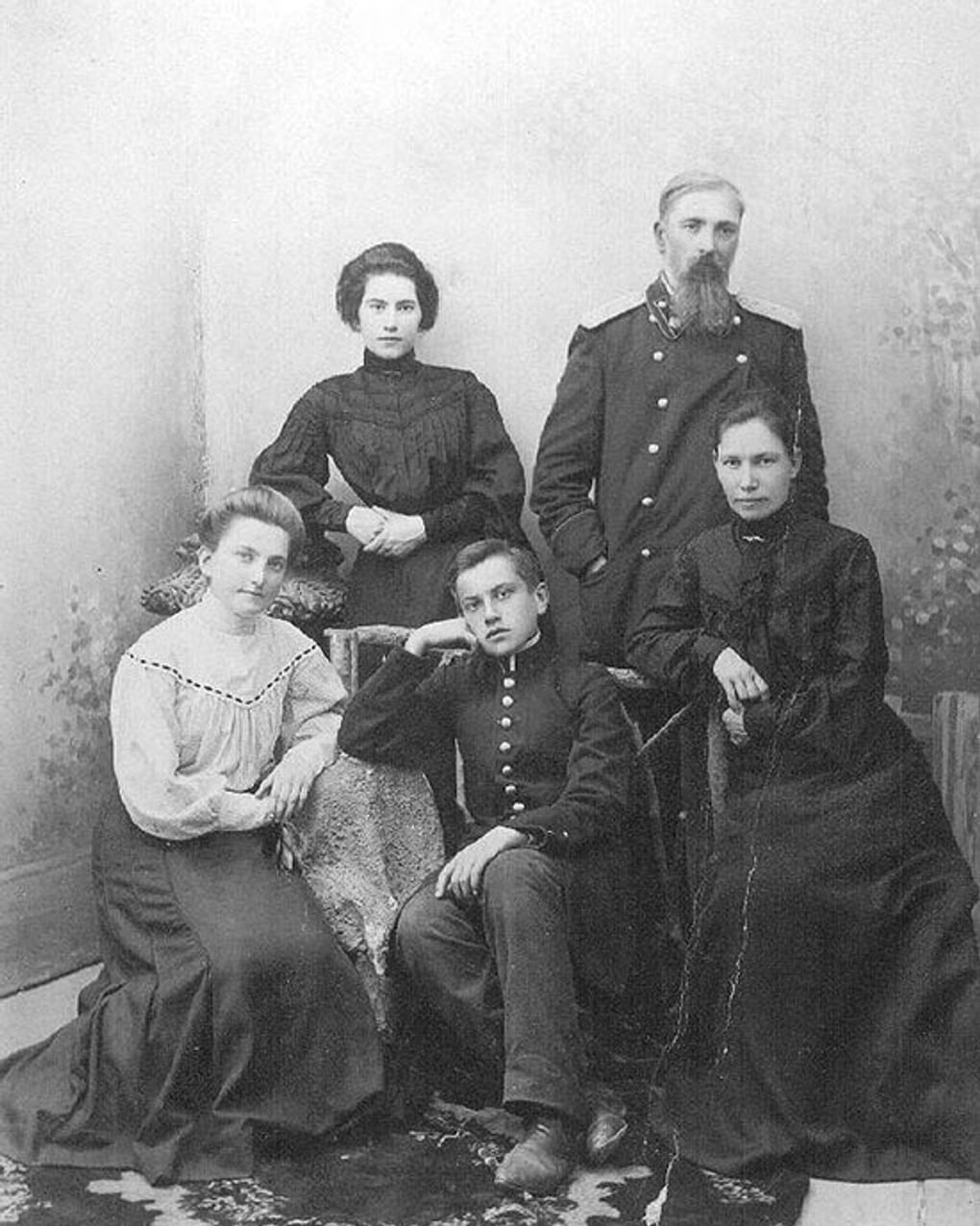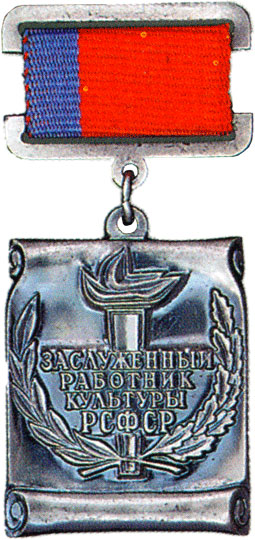|
Vladimir Mayakovsky
Vladimir Vladimirovich Mayakovsky ( – 14 April 1930) was a Russian poet, playwright, artist, and actor. During his early, Russian Revolution, pre-Revolution period leading into 1917, Mayakovsky became renowned as a prominent figure of the Russian Futurist movement. He co-signed the Futurist manifesto, ''A Slap in the Face of Public Taste'' (1913), and wrote such poems as ''A Cloud in Trousers'' (1915) and ''Backbone Flute'' (1916). Mayakovsky produced a large and diverse body of work during the course of his career: he wrote poems, wrote and directed plays, appeared in films, edited the art journal LEF (journal), ''LEF'', and produced agitprop posters in support of the Communist Party of the Soviet Union, Communist Party during the Russian Civil War of 1917–1922. Though Mayakovsky's work regularly demonstrated ideological and patriotic support for the ideology of the Bolsheviks and a strong admiration of Vladimir Lenin, his relationship with the Soviet state was always comp ... [...More Info...] [...Related Items...] OR: [Wikipedia] [Google] [Baidu] |
Backbone Flute
''Backbone Flute'' (Флейта-позвоночник, Fleita-pozvonochnik) is a poem by Vladimir Mayakovsky written in the autumn of 1915 in poetry, 1915 and first published in December of that year in ''Vzyal'' (Взял, Took) almanac, heavily censored. Its first unabridged version appeared in March 1919, in ''Vladimir Mayakovsky's Collected Works 1909-1919''. The poem deals with the themes of passionate love hurled down to the feet of a woman who still prefers safe haven of domesticity and social status provided by her successful husband, vengeful God's cruelty, death and suicide. Background In July 1915 Mayakovsky for the first time met husband and wife Osip and Lilya Briks at their dacha in Malakhovka nearby Moscow. Soon the latter's sister Elsa Triolet, Elsa invited him to the Briks' Petrograd flat. There Mayakovsky recited the yet unpublished poem ''A Cloud in Trousers'' and announced it as dedicated to the hostess. "That was the happiest day in my life," he wrote in h ... [...More Info...] [...Related Items...] OR: [Wikipedia] [Google] [Baidu] |
Mayakovsky House Museum 2
Vladimir Vladimirovich Mayakovsky ( – 14 April 1930) was a Russian poet, playwright, artist, and actor. During his early, pre-Revolution period leading into 1917, Mayakovsky became renowned as a prominent figure of the Russian Futurist movement. He co-signed the Futurist manifesto, ''A Slap in the Face of Public Taste'' (1913), and wrote such poems as '' A Cloud in Trousers'' (1915) and ''Backbone Flute'' (1916). Mayakovsky produced a large and diverse body of work during the course of his career: he wrote poems, wrote and directed plays, appeared in films, edited the art journal ''LEF'', and produced agitprop posters in support of the Communist Party during the Russian Civil War of 1917–1922. Though Mayakovsky's work regularly demonstrated ideological and patriotic support for the ideology of the Bolsheviks and a strong admiration of Vladimir Lenin, his relationship with the Soviet state was always complex and often tumultuous. Mayakovsky often found himself engaged in ... [...More Info...] [...Related Items...] OR: [Wikipedia] [Google] [Baidu] |
Baghdati
Baghdati ( ka, ბაღდათი, tr ) is a town of 3,700 people in the Imereti region of western Georgia, at the edge of the Ajameti forest on the river Khanistsqali, a tributary of the Rioni. Geography The town is located at the edge of the Ajameti forest on the left bank of the river Khanistsqali, about west-northwest of Tbilisi and south-southeast of Kutaisi. The climate of Baghdati can be classified as moderately humid subtropical ( Köppen climate classification ''Cfa''). History Baghdati is one of the oldest villages in the historical Imereti region. Its name shares the same origins as the name of the capital of Iraq, Baghdād: ''Bagh'' 'god' and ''dāti'' 'given', which can be translated as "God-given" or "God's gift" in the Pahlavi language. When Georgia was part of the Russian Empire The Russian Empire was an empire that spanned most of northern Eurasia from its establishment in November 1721 until the proclamation of the Russian Republic in S ... [...More Info...] [...Related Items...] OR: [Wikipedia] [Google] [Baidu] |
The Bedbug
''The Bedbug'' () is a play by Vladimir Mayakovsky written in 1928–1929 and published originally by '' Molodaya Gvardiya'' magazine (Nos. 3 and 4, 1929), then as a book, by Gosizdat, in 1929. "The faerie comedy in nine pictures", lampooning the type of philistine that emerged with the New Economic Policy in the Soviet Union, was premiered in February 1929 at the Meyerhold Theatre, with designs by Alexander Rodchenko. Received warmly by audiences, it caused controversy and received harsh treatment in the Soviet press. Unlike its follow-up, '' The Bathhouse'' (denounced as ideologically deficient), ''The Bedbug'' was criticised mostly for its alleged "aesthetic faults". Plot The action of the play begins in 1929 in the U.S.S.R. Ivan Prisypkin is a young man in the age of NEP. On the day of his wedding to Elzevir Davidovna Renaissance, Prisypkin is frozen in a basement. After fifty years, he is revived in a world that looks very different. Around him is an ideal communist ... [...More Info...] [...Related Items...] OR: [Wikipedia] [Google] [Baidu] |
Georgian Language
Georgian (, ) is the most widely spoken Kartvelian language, Kartvelian language family. It is the official language of Georgia (country), Georgia and the native or primary language of 88% of its population. It also serves as the literary language or lingua franca for speakers of related languages. Its speakers today amount to approximately 3.8 million. Georgian is written with its own unique Georgian scripts, alphabet, alphabetical systems of unclear origin. Georgian is most closely related to the Zan languages (Megrelian and Laz language, Laz) and more distantly to Svan language, Svan. Georgian has various dialects, with standard Georgian based on the Kartlian dialect, and all dialects are mutually intelligible. The history of Georgian spans from Early Old Georgian in the 5th century, to Modern Georgian today. Its development as a written language began with the Christianization of Georgia in the 4th century. Georgian phonology features a rich consonant system, including aspi ... [...More Info...] [...Related Items...] OR: [Wikipedia] [Google] [Baidu] |
Zaporozhian Cossacks
The Zaporozhian Cossacks (in Latin ''Cossacorum Zaporoviensis''), also known as the Zaporozhian Cossack Army or the Zaporozhian Host (), were Cossacks who lived beyond (that is, downstream from) the Dnieper Rapids. Along with Registered Cossacks and Sloboda Cossacks, Zaporozhian Cossacks played an important role in the history of Ukraine and the ethnogenesis of Ukrainians. The Zaporozhian Sich grew rapidly in the 15th century from serfs fleeing the more controlled parts of the Polish–Lithuanian Commonwealth. The least controlled region, that was located between the Dniester and mid-Volga was first known from the 15th century as the '' Wild Fields'', which was subject to colonization by the Zaporozhian Cossacks.Shcherbak, V.Wild Field (ДИКЕ ПОЛЕ). ''Encyclopedia of History of Ukraine''. 2004 Zaporozhian Host became established as a well-respected political entity with a parliamentary system of government. During the course of the 16th, 17th and well into the 18th c ... [...More Info...] [...Related Items...] OR: [Wikipedia] [Google] [Baidu] |
Lyudmila Mayakovskaya
Lyudmila Vladimirovna Mayakovskaya (; 24 August 1884— 12 September 1972) was a Russian and Soviet textile designer and teacher. She was the elder sister of the poet Vladimir Mayakovsky.''Людмила Маяковская. Альбом-каталог. // Департамент культуры г. Москвы; сост. А. П. Аксенкин''. — Москва: ГУК Гос. музей В. В. Маяковского, 2010. — 240 с. Life Lyudmila Mayakovskaya was born in the village of Fioletovo. In 1910 she graduated from the Stroganov Moscow State Academy of Arts and Industry, worked as an artist-designer for textiles at the Moscow enterprises «Trekhgornaya textile manufacture» and the Red Banner Textile Factory in Moscow, where she headed the Aerography (arts), aerography workshop. She was the first woman in the factory to hold an administrative and technical position before the revolution in Russia. In 1925, she participated in the International Exhibition of ... [...More Info...] [...Related Items...] OR: [Wikipedia] [Google] [Baidu] |
Grigory Danilevsky
Grigory Petrovich Danilevsky (; – ) was a Russian historical novelist, and Privy Councillor of Russia. Danilevsky is well known as the author of the novel ''Beglye v Novorossii'' (''Fugitives in New Russia'', 1862). Life Born into the family of an impoverished landowner, Petr Ivanovich Danilevsky, in the Izyumsky district of Kharkov Governorate, Grigory was educated in the Moscow ''Dvoryansky institut'' (Institute of the Nobility) from 1841 to 1846, then studied law at Saint Petersburg University. In 1849 he was mistakenly arrested in connection with the Petrashevsky case and spent several months in the prison of the Peter and Paul Fortress, but he was released and received his certification as '' kandidat'' in 1850. From 1850 to 1857 he served in the Ministry of Education, where he was sent a number of times to examine the archives of monasteries in the south. In 1856 he was one of the writers sent by Grand Duke Konstantin Nikolaevich to study the borderlands of Russia. ... [...More Info...] [...Related Items...] OR: [Wikipedia] [Google] [Baidu] |
Russian Empire
The Russian Empire was an empire that spanned most of northern Eurasia from its establishment in November 1721 until the proclamation of the Russian Republic in September 1917. At its height in the late 19th century, it covered about , roughly one-sixth of the world's landmass, making it the list of largest empires, third-largest empire in history, behind only the British Empire, British and Mongol Empire, Mongol empires. It also Russian colonization of North America, colonized Alaska between 1799 and 1867. The empire's 1897 census, the only one it conducted, found a population of 125.6 million with considerable ethnic, linguistic, religious, and socioeconomic diversity. From the 10th to 17th centuries, the Russians had been ruled by a noble class known as the boyars, above whom was the tsar, an absolute monarch. The groundwork of the Russian Empire was laid by Ivan III (), who greatly expanded his domain, established a centralized Russian national state, and secured inde ... [...More Info...] [...Related Items...] OR: [Wikipedia] [Google] [Baidu] |
Georgia (country)
Georgia is a country in the Caucasus region on the coast of the Black Sea. It is located at the intersection of Eastern Europe and West Asia, and is today generally regarded as part of Europe. It is bordered to the north and northeast by Russia, to the south by Turkey and Armenia, and to the southeast by Azerbaijan. Georgia covers an area of . It has a Demographics of Georgia (country), population of 3.7 million, of which over a third live in the capital and List of cities and towns in Georgia (country), largest city, Tbilisi. Ethnic Georgians, who are native to the region, constitute a majority of the country's population and are its titular nation. Georgia has been inhabited since prehistory, hosting the world's earliest known sites of winemaking, gold mining, and textiles. The Classical antiquity, classical era saw the emergence of several kingdoms, such as Colchis and Kingdom of Iberia, Iberia, that formed the nucleus of the modern Georgian state. In the early fourth centu ... [...More Info...] [...Related Items...] OR: [Wikipedia] [Google] [Baidu] |
Kutais Governorate
The Kutaisi or Kutais Governorate was a province (''guberniya'') of the Caucasus Viceroyalty (1801–1917), Caucasus Viceroyalty of the Russian Empire. It roughly corresponded to most of western Georgia (country), Georgia throughout most of its existence, and most of the Artvin Province (except the Hopa and Yusufeli districts) of Turkey between 1878 and 1903. Created out of part of the former Georgia-Imeretia Governorate in 1846, the governorate also included Akhaltsikhe uezd before its cession to the Tiflis Governorate in 1867. The Kutaisi Governorate bordered the Sukhumi Okrug to the northwest, the Kuban Oblast to the north, the Terek Oblast to the northeast, the Tiflis Governorate to the southeast, the Batum Oblast to the southwest, and the Black Sea to the west. The governorate was eponymously named for its administrative center, Kutais (present-day Kutaisi). History The Kutaisi Governorate was formed in 1846 as a result of the division of the Georgia-Imeretia Governorate. ... [...More Info...] [...Related Items...] OR: [Wikipedia] [Google] [Baidu] |






